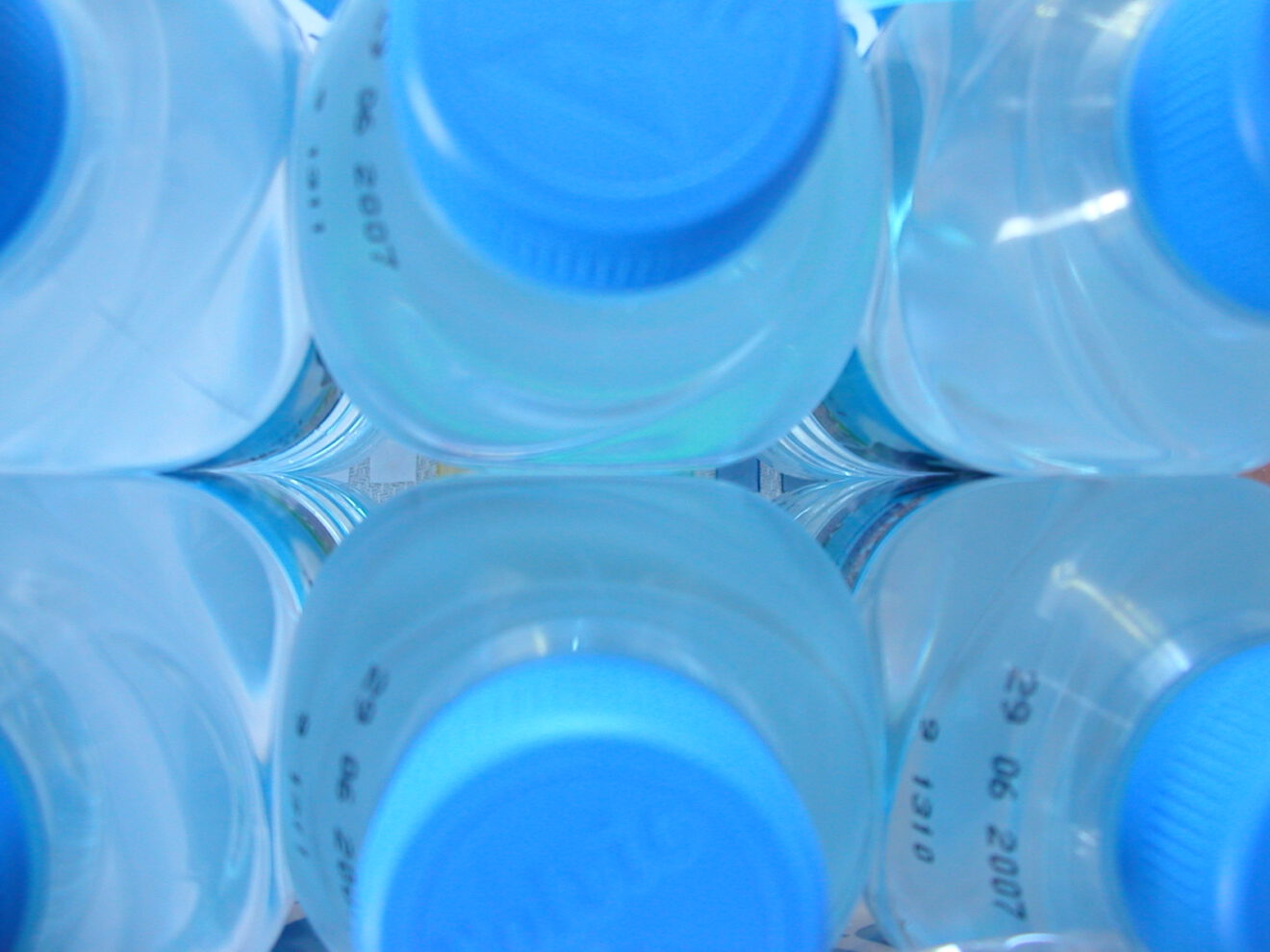More than 25,000 attendees flocked to the Summer Fancy Food Show in New York City last week, to sample, sip and learn about the latest specialty foods and beverages from more than 2,600 international exhibitors.
Sales of specialty food and beverages hit $127 billion last year, up 15% from 2014, and much of the growth was fueled by millennials’ snacking trends, said Ron Tanner, vice president for philanthropy, government and industry relations for the Specialty Food Association, which puts on the annual show.
Tanner has spent nearly three decades with the association, observing the rise of the specialty food and beverage industry first hand and following the trends, many of which lately revolve around Gen Y. Millennials snack more than they eat meals, and they buy their snacks where and when they find them, he said.
“There is a lot of competition to get on store shelves, but there are also a lot more outlets today,” he said. From supermarkets and specialty stores to coffee shops, bookstores and bars, specialty food makers have more places than ever to sell their goods.
And there are also online outlets. Nearly every producer SmartBrief spoke with at the show sells online, many of them on Amazon, and online has been the biggest growth channel for the industry over the past few years. Today, sales on direct-to-consumer sites and third-party e-commerce platforms account for 36% of specialty food and beverage sales, according to the association’s data.
General merchandise stores have become huge outlets for specialty foods, Tanner said, and Costco especially is a strong channel for member companies’ products, as are Target and Trader Joe’s for whom companies make a growing number of private-label goods.
With more channels than ever and the rise of culinary incubators in many cities, it’s relatively easy for someone with an idea for a new specialty product to get started, Tanner said. What’s more challenging is growth after the first few years.
“That can sometimes be a challenge,” he said. “I always tell them to prepare, to know where they want to be in three to five years, and structure the company accordingly.”
Each year, the show includes ventures of all sizes, from major international brands to startups in search of their first big retail partner.
Enhanced water makes waves
Sales of specialty waters soared 75% from 2014 to last year, according to association data, and waters enhanced with elements, nutrients and other functional ingredients were on prominent display at last week’s show, including HFactor Hydrogen Infused Water, which now has a popup shop at the Saks Fifth Avenue flagship in Manhattan.
Founder Gail Levy discovered the benefits of hydrogen when seeking something to help her best friend cope with the ravages of chemotherapy for ovarian cancer. Her friend lost the fight, but Levy carried on in her quest to help others deal with the side effects of the treatment.
She found that respected institutions including the National Institutes of Health and the Mayo Clinic had done a slew of research on the benefits of hydrogen on everything from managing allergies and recovering after exercise to improving the look of skin and reducing inflammation. It also appears that hydrogen may have antioxidant properties, Levy said.
It took about three years to create the proprietary formula for adding hydrogen to the water and creating the packaging that would keep the added hydrogen molecules from eroding. Today, the product has a shelf life of 52 weeks in the patented silver pouch with a reclosable spout.
Some other specialty waters on display at the show:
- Formula Four Oxigen, which says it has 100 times more oxygen than plain water.
- Pervida Immune Health Waters, made with pomegranate seed oil to benefit digestion and immunity.
- Halen Mon Oak Smoked Water from Rogers Collection is water that’s smoked over oak and used as an ingredient in soups, casseroles and other foods.
Sales of ready-to-drink teas and coffees grew 114% in the past two years and several new products were brewing at the show, including Sunup Green Coffee, a cold canned beverage made from green, unroasted coffee beans.
Snack bars are also a hot trend — sales grew 49% between 2014 and 2016 – and their popularity has spawned a new trend of snack sticks, high-protein meat- or seed-based snacks that feed growing demand for portable foods that promote themselves as healthy snacks.
“They’re generally not that difficult to produce,” said Tanner. Additionally, snack bars and sticks tend to sell faster in stores than other specialty foods such as vinegars or sauces.
In addition to the new products, a hot topic in many conversations at the show was Amazon’s planned $13.7 billion acquisition of Whole Foods Market, a coveted retailer for many companies that come to the show in hopes of impressing a Whole Foods “forager,” the name the retailer gives its buyers.
“It will affect the industry, but I don’t think anyone knows just how yet,” he said. “Whole Foods is super strong in perishables and Amazon is super strong in non-perishables.”
__________________________________________________
If you enjoyed this article, join SmartBrief’s email list for more stories about the food and beverage industry. We offer 20 newsletters covering the industry from restaurants to food manufacturing.
